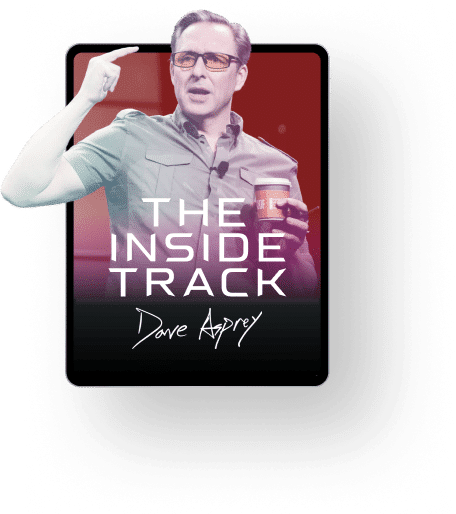Simply incredible. Researchers just accidentally discovered that sunlight causes fat cells to shrink. In the University of Alberta study[ref url=”https://www.folio.ca/reduced-sunlight-may-contribute-to-winter-weight-gain/”], researchers found that subcutaneous fat cells — white fat cells found right beneath your skin — shrink under sun’s blue light. White fat is considered bad, because it stores calories that could be burned for energy. This breakthrough helps explain why you pack on the pounds in winter and may lead to light-based treatments for obesity and other related issues like diabetes.
Blue light shrinks fat cells beneath the skin
The study’s specifics reveal that fat cells shrink when exposed to the bluest light emitted by the sun. This is the sun’s visible light that also boosts mood and attention. When these wavelengths penetrate skin and reach the fat cells underneath, the fat shrinks and gets released from the cell. “The insufficient sunlight exposure we get 8 months of the year living in a northern climate may be promoting fat storage and contribute to the typical weight gain some of us have over winter,” Peter Light, the senior author of the study.
Related: Light Hacking for Better Energy, Mood, and Performance
Excessive blue light leads to metabolic dysregulation
Exposing yourself to excessive blue light without the other parts of sunlight at the same time is linked to metabolic dysregulation. That’s why indoor LED lighting which always has excessive blue spectrum is something I call “junk light.” I started an optical filtering company called TrueDark to solve the junk light problem. P.S.: Junk light at night is even worse.
Aim for 20 minutes of natural morning sunlight each day
You can read more about how light controls your metabolism in my New York Times best-seller science book, Head Strong. One of the recommendations in Head Strong is to get at least 20 minutes of sunlight on your skin and in your eyes every morning, based on the strength of existing knowledge. This new study finding supports those recommendations even more.
I wouldn’t go out and expose your skin to high doses of blue-only light in an attempt to lose weight, however. You really want the blue with the red and infrared and even some UV to make your cells behave themselves. That’s what the sun does. So put on some shorts and short sleeves, ditch the sunglasses, and go for a walk outside. You’ll sleep better at night. And maybe lose some fat too!
Watch Next: How Sunshine Makes You Bulletproof (Video)





